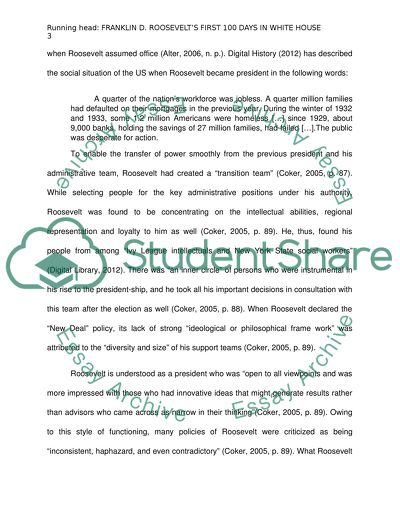Cite this document
(“Franklin D. Roosevelt's First 100 Days in The White House Essay”, n.d.)
Retrieved from https://studentshare.org/history/1398120-franklin-d-roosevelt-s-first
Retrieved from https://studentshare.org/history/1398120-franklin-d-roosevelt-s-first
(Franklin D. Roosevelt'S First 100 Days in The White House Essay)
https://studentshare.org/history/1398120-franklin-d-roosevelt-s-first.
https://studentshare.org/history/1398120-franklin-d-roosevelt-s-first.
“Franklin D. Roosevelt'S First 100 Days in The White House Essay”, n.d. https://studentshare.org/history/1398120-franklin-d-roosevelt-s-first.


